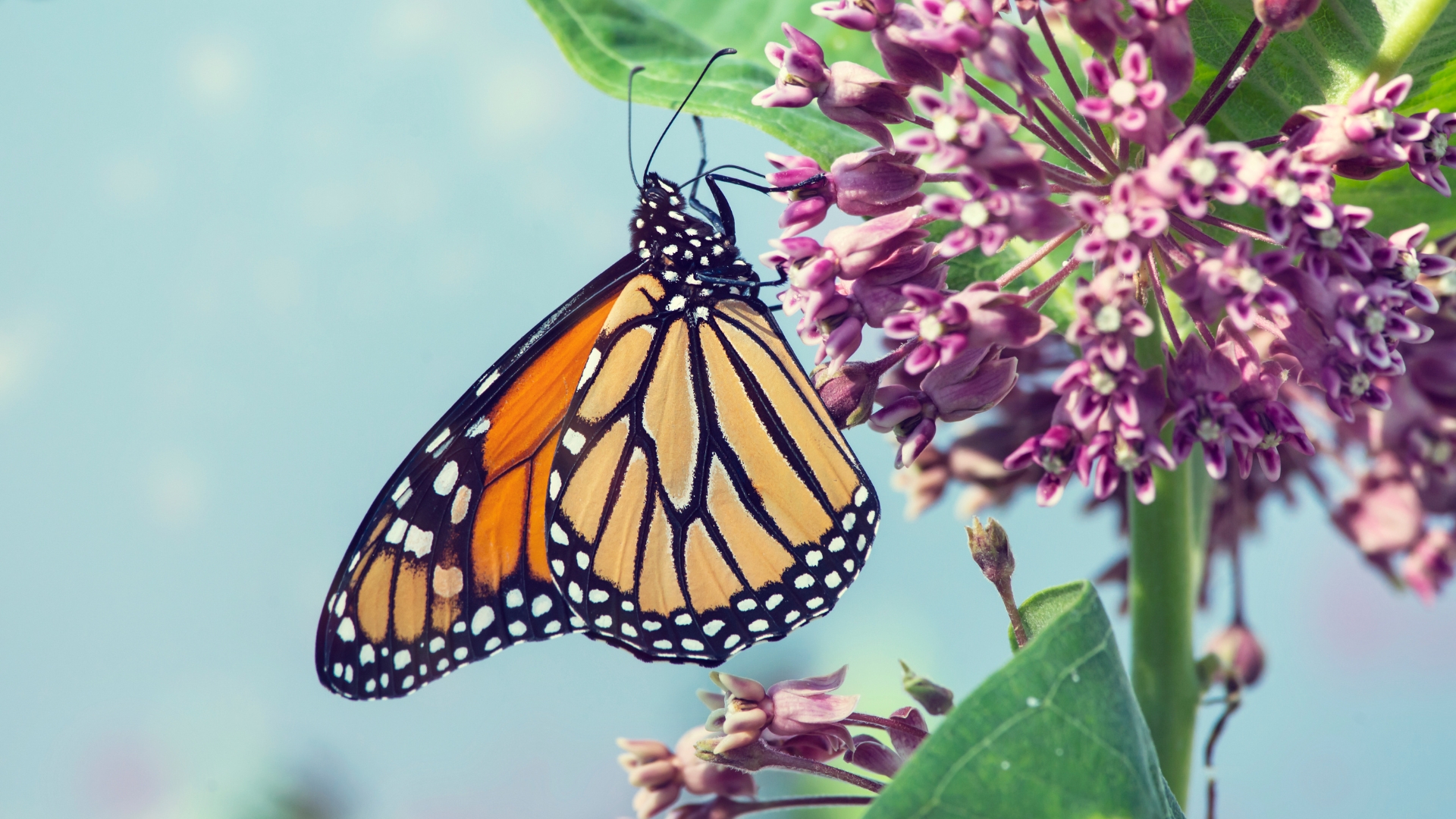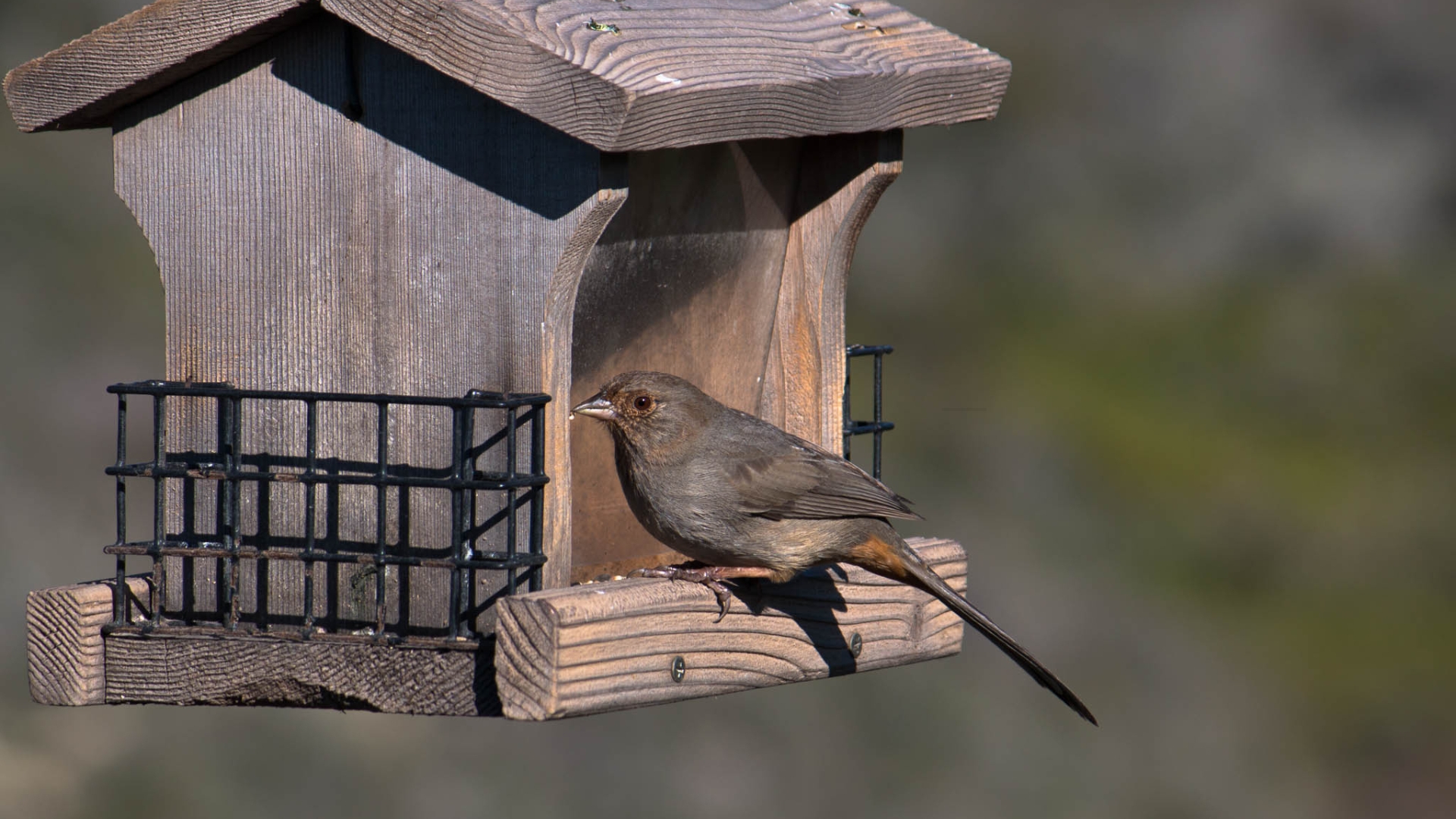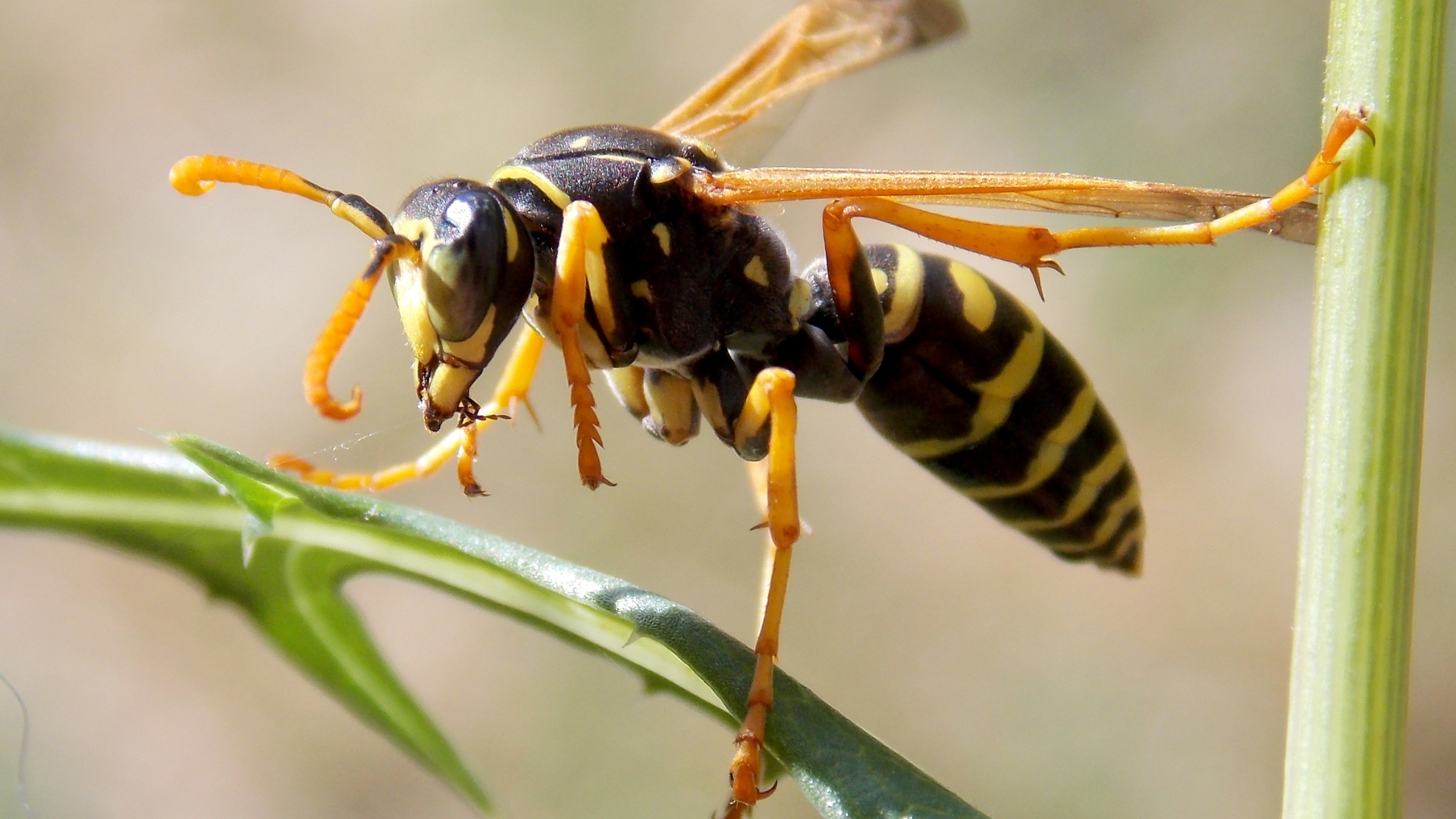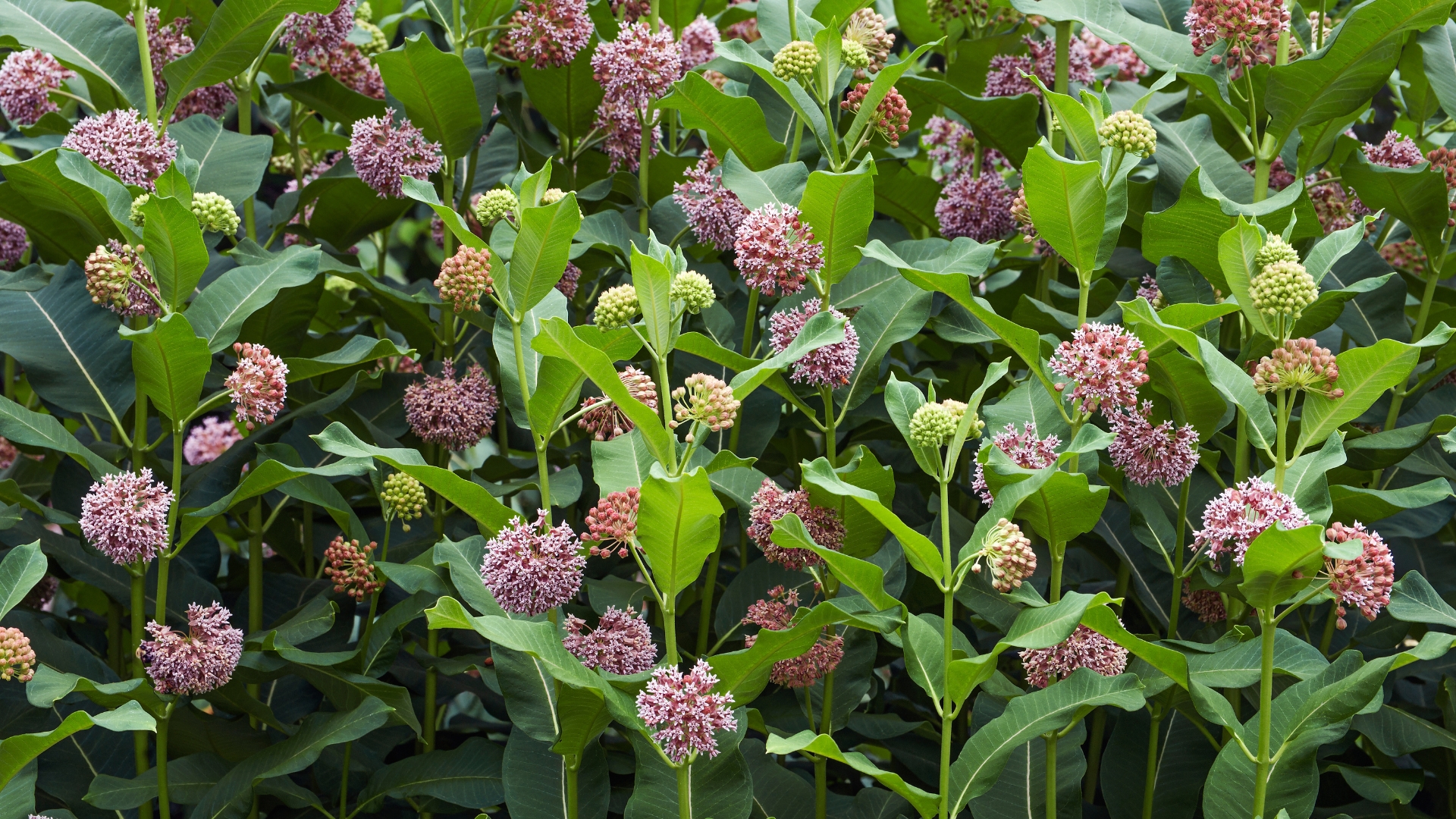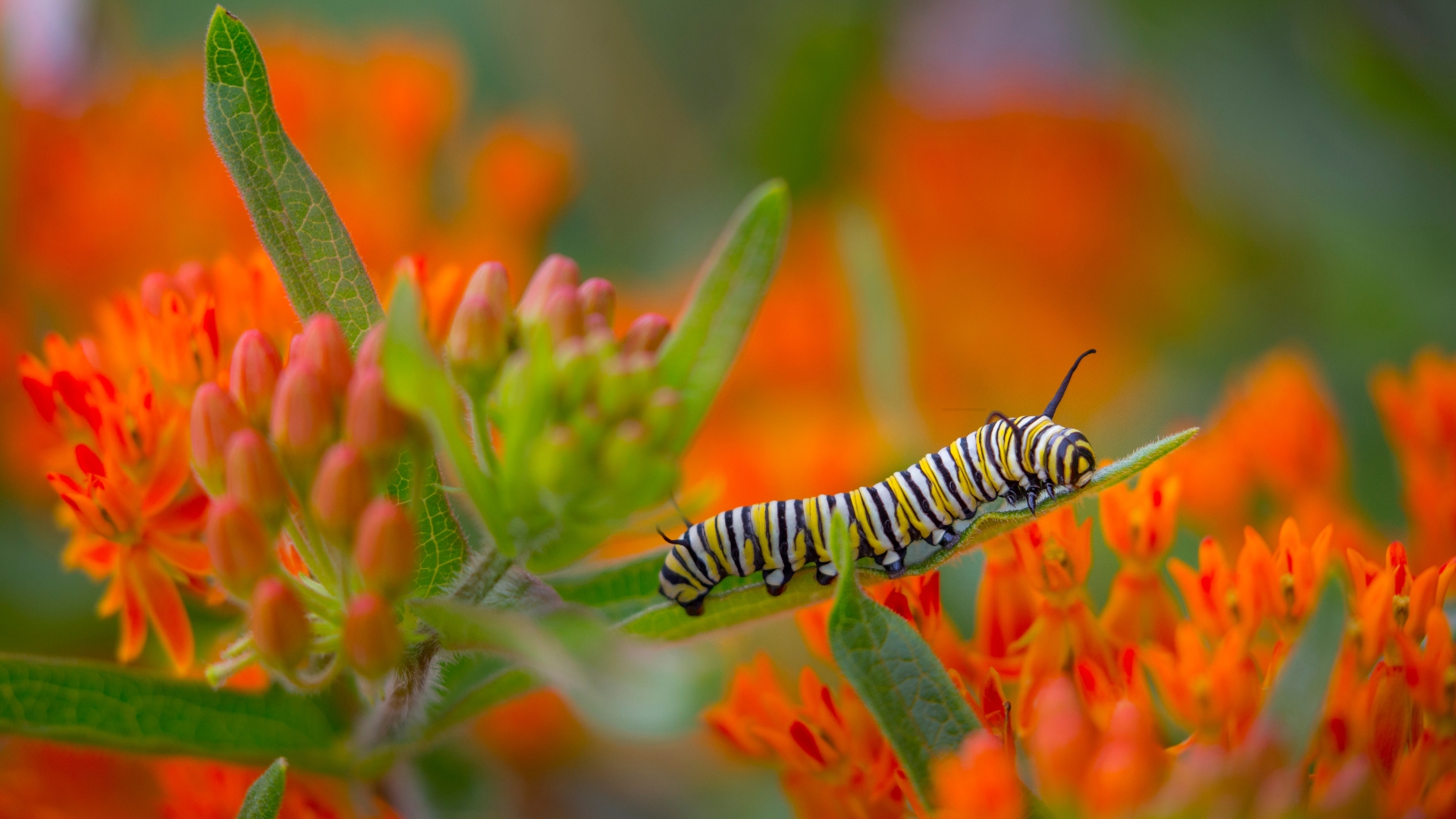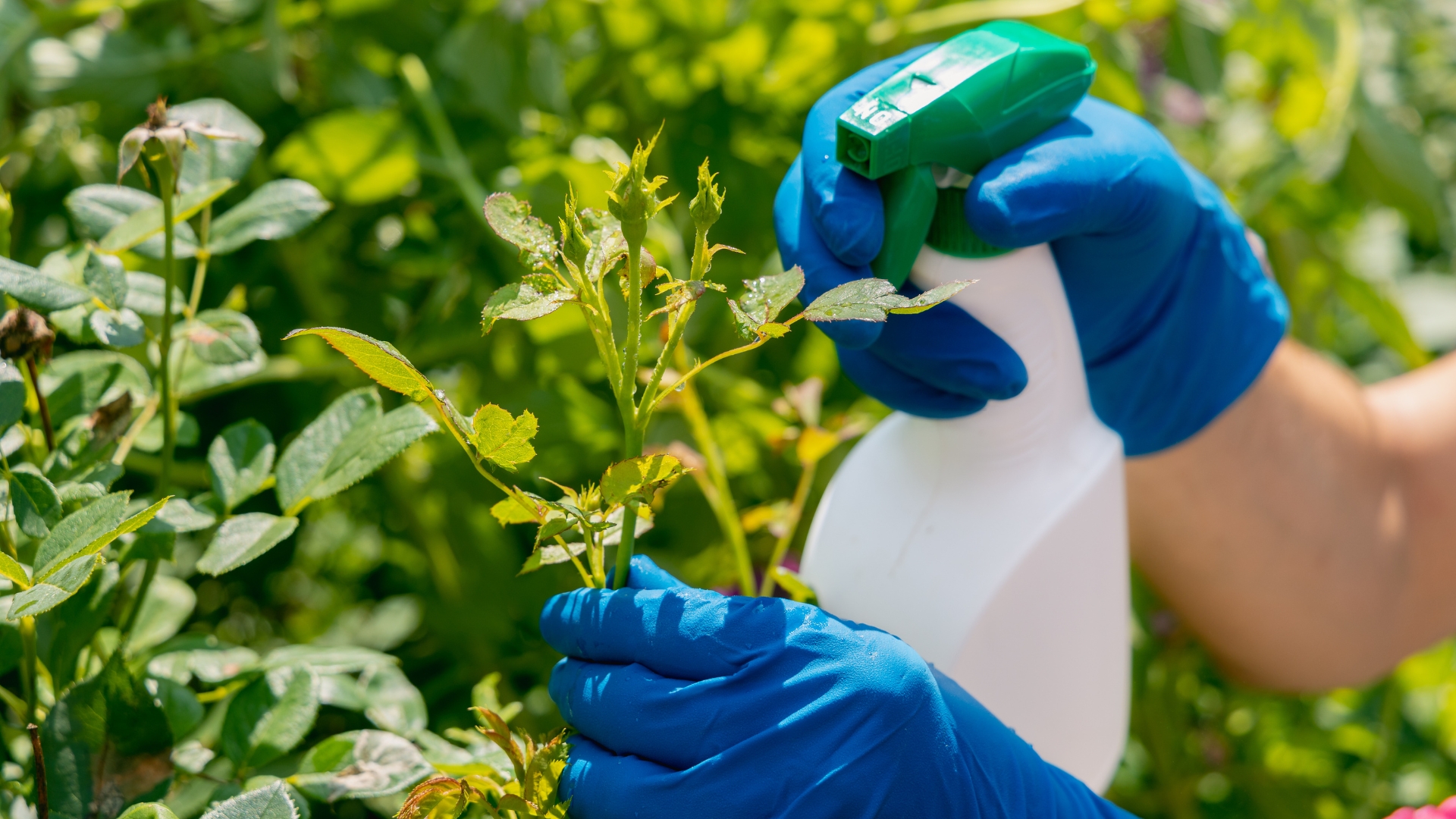I’ve always wanted my garden to be a haven for wildlife – flitting butterflies, chirping birds, the whole beautiful scene.
So, when I saw monarchs visiting the milkweed I planted, I figured more would be even better.
And since I also love attracting birds, planting milkweed near my bird feeders seemed like a win-win. More butterflies, more birds – what could go wrong? Well, turns out, plenty.
I learned the hard way that this well-meaning move can backfire in a way I never expected.
The Reason Is Simple: Food Chain
It’s well known that monarch caterpillars aren’t exactly a tasty treat for most birds. Thanks to the toxic compounds they absorb from milkweed, they pack a chemical punch that makes them unappetizing – or even dangerous – to many predators.
That’s why so many birds steer clear. But nature is full of surprises, and some birds aren’t so easily fooled.
Some species, like the California towhee, have figured out a workaround. Unlike most birds, they’ve developed a tolerance for the toxins, allowing them to snack on monarchs without much trouble.
While other birds take one bite and never make the same mistake again, these clever predators keep coming back for more. And when milkweed is growing right next to a bird feeder, things can take a turn you might not expect.
But Birds Aren’t The Only Problem
Unfortunately, Monarch larvae aren’t just at risk from a few specialized birds – more than a dozen bird species have been known to feed on adult monarchs.
Jays, robins, and sparrows are among the culprits, swooping in to snatch butterflies right off the flowers. With milkweed growing next to a bird feeder, it’s like putting a target on the monarchs that stop by.
And it’s not just birds. When monarch chrysalides are nearby, opportunistic predators like wasps, spiders, and even small mammals take advantage of the easy meal.
If that wasn’t enough, milkweed placed too close to hummingbird feeders can create an even bigger problem – those sweet nectar dispensers attract ants and flies, both of which prey on monarch eggs and larvae.
What starts as an effort to help butterflies can quickly turn into an open invitation for their biggest threats.
Better Places To Grow Milkweed For Monarchs
Milkweed is a lifeline for monarchs, but where you plant it makes all the difference. Instead of placing it near busy bird feeders, give these butterflies a quiet, undisturbed space where they can thrive.
A sunny patch along a fence line, a wildflower border, or a dedicated butterfly garden away from heavy bird traffic is a much safer bet. Monarchs prefer areas with full sun and protection from strong winds, so a sheltered corner of the yard is ideal.
Milkweed is just the beginning. To create the ultimate monarch oasis, add nectar-rich plants like coneflowers, black-eyed Susans, and zinnias. These flowers not only provide food for adult butterflies but also attract other pollinators like bees and hummingbirds.
By keeping milkweed in a separate space from bird feeders and adding a variety of blooms, you’ll give monarchs everything they need without putting them in harm’s way.
How To Protect Monarch Butterflies?
The journey from egg to butterfly is full of danger, but a little help can make all the difference.
Monarch eggs laid on milkweed are vulnerable to everything from predators to extreme weather, so bringing them inside can dramatically increase their chances of survival. A mesh enclosure in a quiet spot keeps young larvae safe from harm, including pets that might see them as a snack.
Once inside, they’ll need a steady supply of fresh, untreated milkweed leaves to feed on as they grow.
No pesticides, no chemicals – just natural food to support their transformation. When their metamorphosis is complete, releasing them back into the wild ensures they can continue their migration and help boost the fragile monarch population.
Other Common Mistakes That Put Monarchs At Risk
Planting milkweed is one of the best ways to help monarchs, but not all milkweed is created equal.
Non-native varieties, like tropical milkweed, might look beautiful and attract butterflies, but they can do more harm than good. In warmer climates, tropical milkweed doesn’t die back in winter, leading to an increased risk of disease that can weaken or even kill monarchs.
Choosing native milkweed species is essential to providing a safe and natural habitat.
Another mistake you can make with your milkweed? Using pesticides – whether on milkweed or nearby plants. Even organic treatments meant for other pests can be deadly to monarch eggs and caterpillars.
And while raising monarchs indoors is a great way to protect them, overcrowding caterpillars in a small space can spread disease. Sometimes, helping monarchs means taking a step back and making sure their environment is truly safe.
Monarchs already face enough challenges – where we plant milkweed shouldn’t be one of them. With a little planning, you can give them a space that nurtures, protects, and supports their incredible life cycle.

